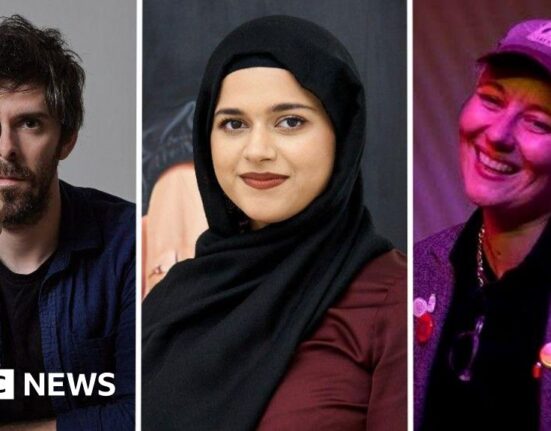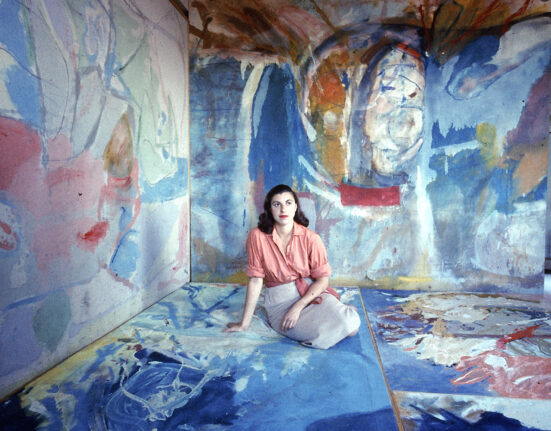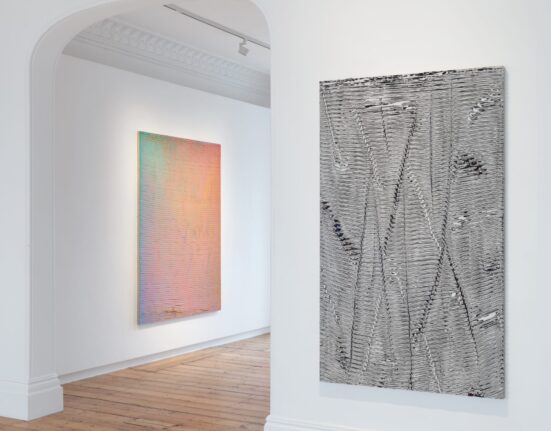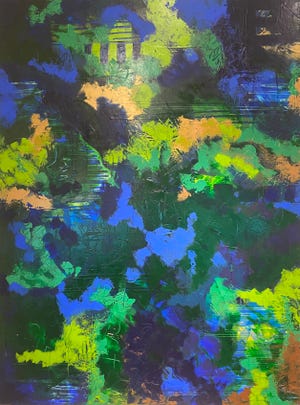August 20, 2024
KATHMANDU – Priyanka Singh Maharjan is a visual artist and art educator currently working in Srijanalaya (an organisation that promotes art education in public schools and marginalised communities). She is also a co-founder of the art gallery Ankura Atelier, a creative collective she started with her batchmates.
She completed her Bachelor’s degree in Fine Arts from Kathmandu University in 2018. She has had two solo exhibitions: one in the Siddhartha Art Gallery in 2021 and one in Gallerie 111, Zurich, Switzerland, in 2023.
Unlike other artists, her journey started differently. She was not an artistic child that everyone speculates an artist to be. However, she discovered her interest in art while studying Chartered Accountancy (CA). She would find herself sketching in her leisure time, which made her pursue artistry instead of CA, so she dropped her degree and joined Kathmandu University to study arts.
“Until then, I didn’t know that art could be studied academically or that many institutions offered art degrees. I always thought artists were born with creative talent and didn’t need formal education,” she says, adding that her parents supported her when she changed career path.
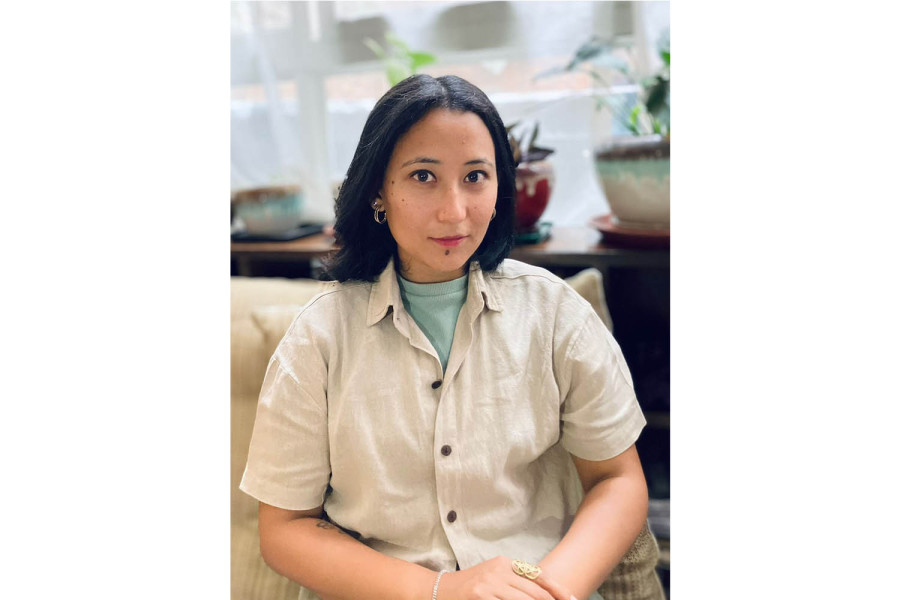
Priyanka Singh Maharjan is a visual artist and art educator currently working in Srijanalaya, an organisation that promotes art education in public schools and marginalised communities. PHOTO: PRIYANKA SINGH MAHARJAN/KATHMANDU POST
‘In The Realm of Recollection’ series, exhibited at Sovereign Asian Art, Hong Kong. Photo: Courtesy of Sovereign Asian Art Foundation
Maharjan’s art is deeply inspired by her home, identity, and memories. While studying at Kathmandu University, she realised that her art was motivated by her family, her memories, and her hometown of Patan, where she grew up. Her work includes sketches of Newa architecture and culture and embroidery. Maharjan believes that architecture is a strong link to the past, and she feels that by capturing it in her art, she is helping to preserve it.
Maharjan’s art also centres on the lives of women, particularly older women. She says, “Growing up with grandmothers, I was curious about how they spent their time. This curiosity led me to depict their daily activities in my art,” She intends to delve deeper into the theme of ‘Women in Leisure’, observing that older women often have little free time. She aims to shed light on this overlooked aspect of their lives through her future work.
She creates embroidery art that’s different from other forms. Instead of painting, she embroiders on old photographs. When asked why, she says, “I didn’t like painting because it was too messy,” As a student, she searched for other ways to create art. One day, while looking at her family’s extensive photo collection, she got the idea to use them in her work. Her family had many photos because they exchanged pictures and letters with her father, who was abroad.
She noticed that every photo brought back specific memories, whether of a person, an object, or even a sofa pattern. So, she began printing the images in black and white and colouring the parts she remembered. Eventually, she transitioned to embroidery, stitching directly onto the photos. Later, she transferred the images onto fabric and continued embroidering there. She finds transferring photos exciting because it captures everything as it is, though some details she likes only sometimes transfer perfectly. Her embroidery art has become one of her most cherished creations.
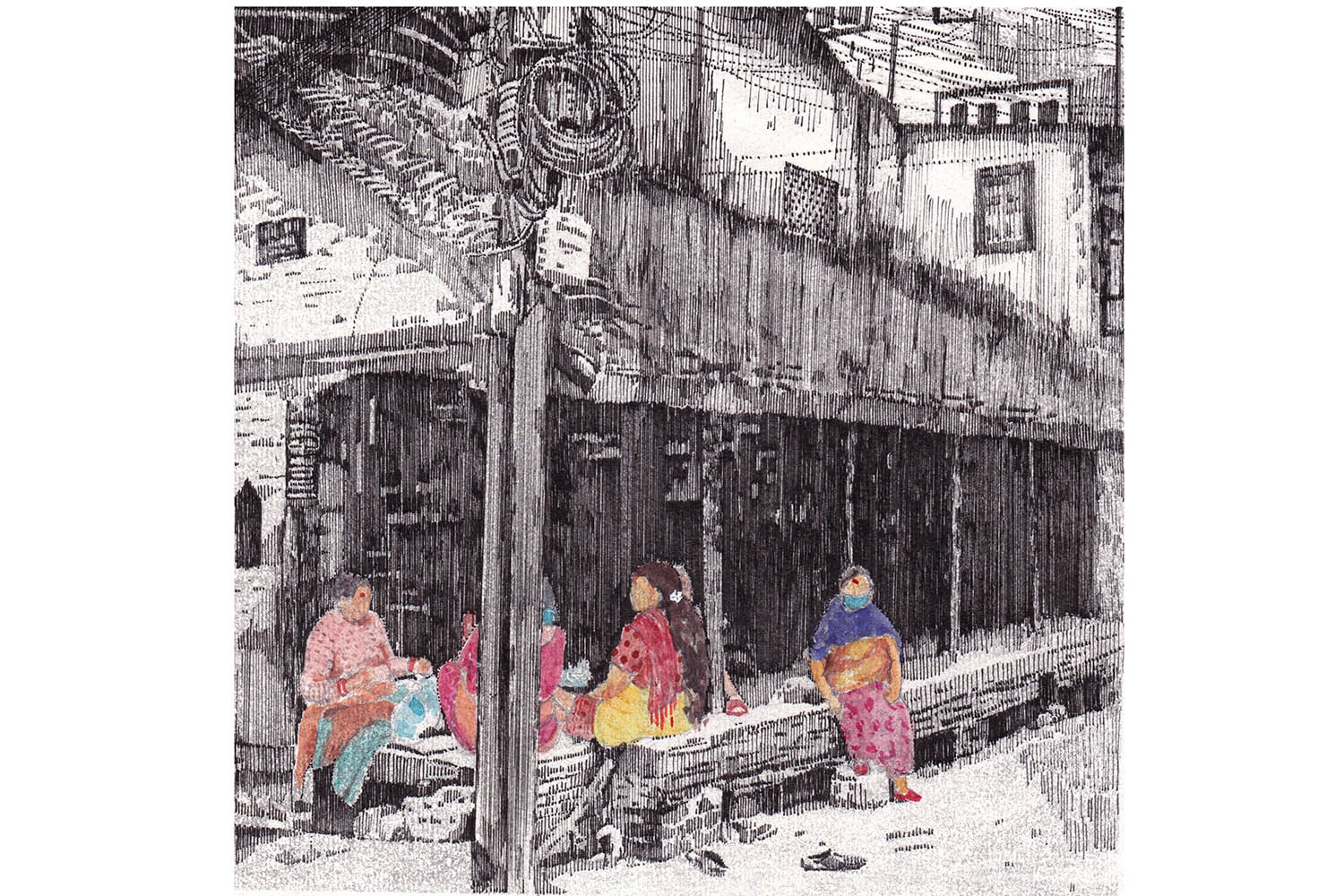
‘Somewhere I Come From’ series. PHOTO: PRIYANKA SINGH MAHARJAN/KATHMANDU POST
Maharjan shares that she is eager to pursue graduate studies in visual arts. She says, “I want to keep doing what I’m doing and continue working as an art educator because I enjoy working with kids and seeing their creativity and enthusiasm,” She adds, “Once you leave an institution, it becomes challenging to maintain the same level of commitment, dedication, patience, and consistency. After graduating and stepping into the real world, I struggled to maintain consistency and commitment. Fortunately, I’ve been able to work and sell my artwork. However, this might not be the case for every artist.”
She says, “The question ‘What will you do after studying the arts?’ is still commonly asked. But studying the arts doesn’t mean you have to become a visual artist; you can take many other paths. You could become an exhibitor, animator, art director, curator, tattoo artist, and more.”
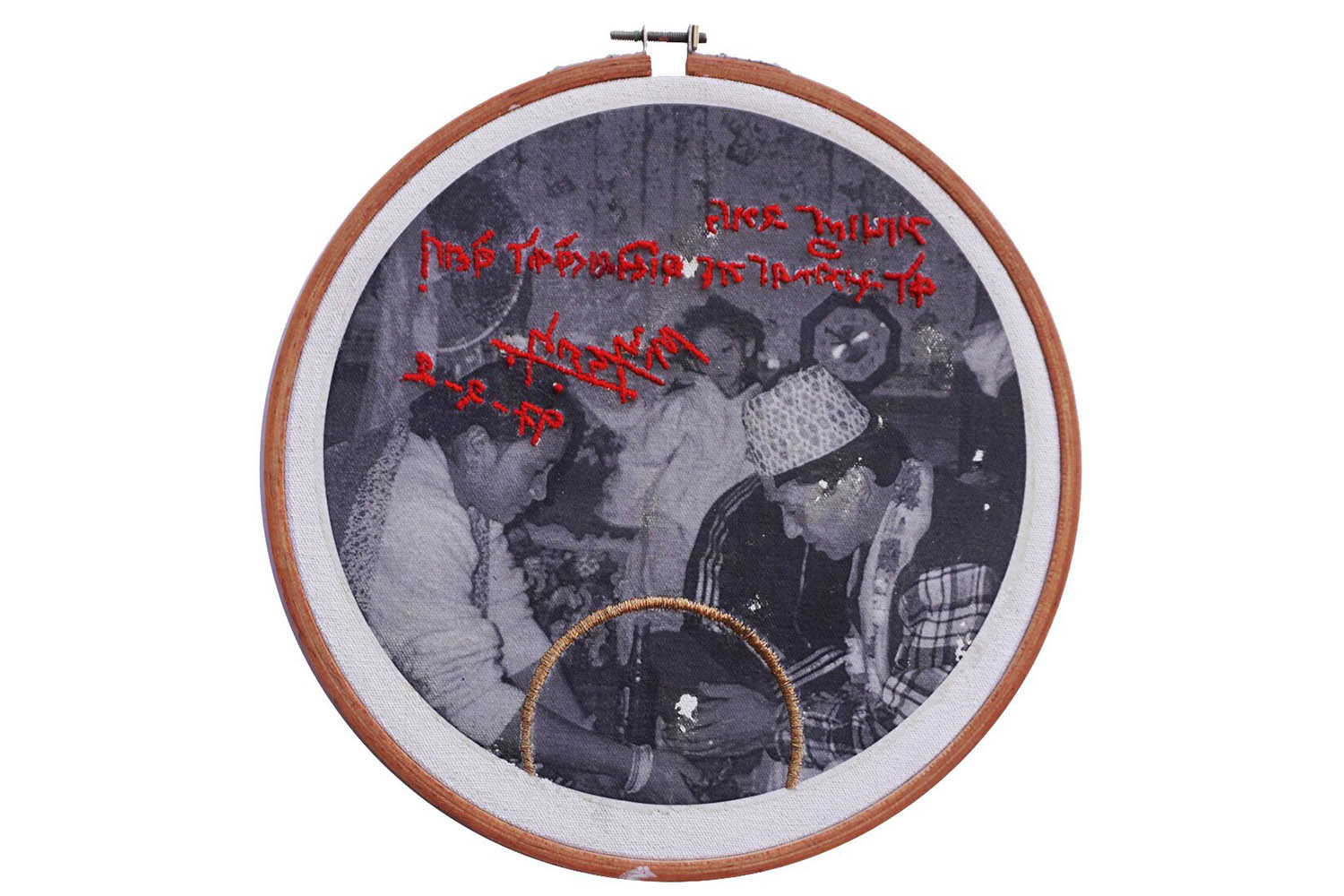
The Passage of Time and What Remains’ series. PHOTO: PRIYANKA SINGH MAHARJAN/KATHMANDU POST
“The art profession is often seen as unstable, and to some extent, that’s true,” she says. “However, many artists are doing very well. There’s uncertainty in every profession, and success requires the same amount of time, effort, and dedication. It’s also possible to earn a sustainable income through art,” She notes that the Nepali market is small, with many local buyers hesitant to purchase artwork, often considering the prices too high. As a result, most buyers come from wealthy backgrounds or are foreigners.
However, traditional arts like Thanka and Paubha have a strong market and demand, especially from Western countries, where they are also valued for religious and spiritual purposes.
Maharjan enjoys exploring various art forms and always wants to refine her skills. She is focused on penwork, stating, “I prefer using pen in my artwork because it offers a sense of permanency and can’t be easily erased like a pencil.”
She aims to step out of her comfort zone, concentrate on research-based art, and try weaving. She is researching traditional Newa tattoos and interviewing Newa women aged 70 to 90.


